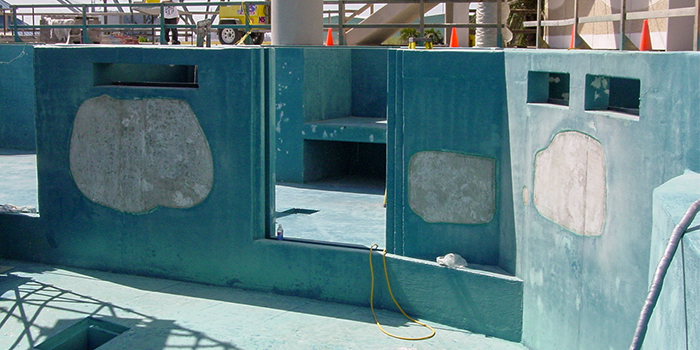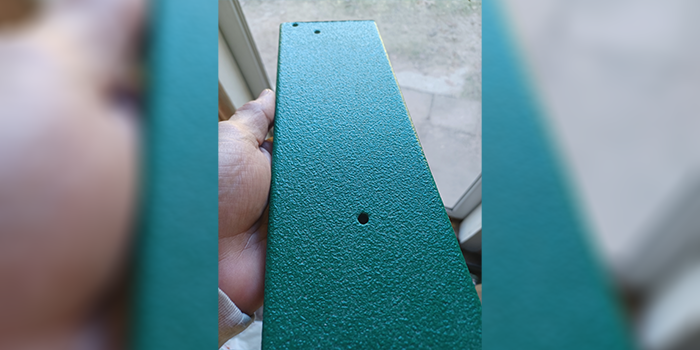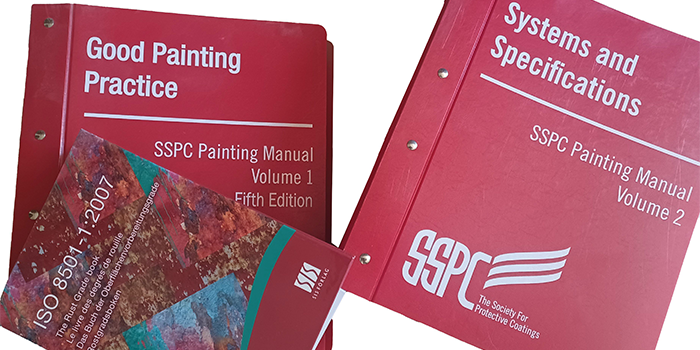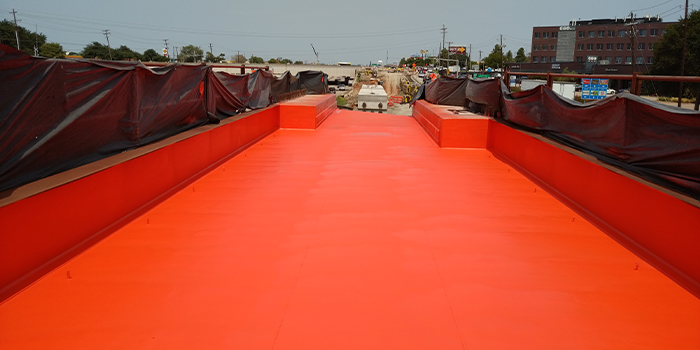
News
Specifications and Polyurea Elastomeric Coating & Lining and Spray Foam Work
Before a contractor or applicator can begin the necessary work of applying a polyurea elastomeric coating or spray foam system, some guidance or direction must be provided for the project. This information must be correct and understood as well as applicable to the current scope of work. While it seems that much of the information being provided in the polyurea industry is verbal or short written instructions, this is not the norm for the general coating and lining industry.
Read MoreAre Polyurea Coatings Systems “Green Coatings”?
From recent discussions regarding inquiries asking if the polyurea spray elastomer technology and systems (PUA) being applied would be considered “Green Coating Chemistry” or not, many people suggest that Green Chemistry involves the use of recycled or renewable resources, this is not the only criteria for classification.
Read MoreMy Pressures Aren’t Balanced, What’s the Problem?
We see quite a few posts on various social media sites where questions arise related to non-balanced or non-equal spray pressures, the infamous “E24” error code, and what could be the problem. They have supposedly tried everything—cleaned the y-strainer, changed the spray gun, new mix chamber, etc. and still have the issue. Better yet, a picture is posted with the request of “HELP???”
Read MoreDo Polyurea Coatings Hold Up to Bigfoot Blood?
So, what is with all the recent Bigfoot sightings? With reports of aliens among us, this becomes a serious topic. All joking aside here, this is an important issue, especially for those who are transitioning from spray foam work to polyurea spray applications.
Read MoreA Little Primer
Might I opine a bit on one of my pet peeves related to the polyurea technology – Surface Preparation! Contrary to what some may think, the fast set, spray polyurea technology is NOT a surface tolerant coating system. While the old Texaco Chemical Company video from the late 1980s may have shown application over water and ice, this was done to demonstrate that water and cold temperature did not directly interfere with the reaction.
Read More











